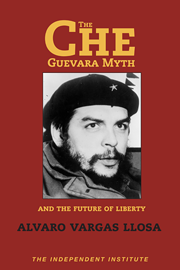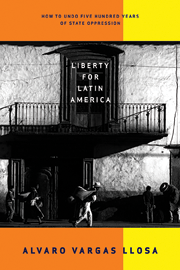WASHINGTON—He called it “literature by foot,” and there was certainly a lot of literature and a lot of walking in his books. But no one, not even him, ever came up with an exact term to describe the genre he probably invented. He liked to say that Herodotus was the first great journalist of his type, but the precedent doesn’t quite fit his own writing. Some called it New Journalism, alluding to the style of Truman Capote, Joan Didion and Tom Wolfe, but, although he employed literary techniques to tell real-life stories, he was more interested in the stories he told than how he told them.
Whatever one calls the genre cultivated by acclaimed journalist Ryszard Kapuscinski, who passed away in Poland a few days ago, no imitator came close to his art. To say that he was a masterful chronicler of the revolutions, famines, civil wars and imperial breakdowns of the last half-century in Africa, Asia and Latin America is to state the obvious. He did more than that.
Kapuscinski once described his work with a Latin phrase—silva rerum, the forest of things. It’s an appropriate metaphor. His tale of the fall of Ethiopia’s emperor Haile Selassie, his description of the end of the Shah of Iran and his journey across a Soviet Union at the point of collapse—three of his books—have no real beginning or ending. The author does not attempt to convey the totality of the events he is narrating; he is interested only in the details he personally experiences or hears from those who experience them. No one, he seems to be saying, can grasp the enormousness of any historical event.
For him, the testimony of the servant who wiped the floor of Selassie’s palace where the emperor’s incontinent dog left his daily mark was more important than the abstract political currents shaping events. His vision of history was individualistic rather than collectivistic, but not because of ideology—simply because he was humane. By depicting only some poignant details of the wide forest, he seems to imply that abstract ideologies that sacrifice individual beings for the sake of collective designs cause nothing but suffering.
Asked which great subject he would like to report next, Kapuscinski replied that migration would be the greatest story of the 21st century. In a way, all his books are about migration: the migration of a Central European born in a Polish city that subsequently became part of Belarus; the migration of a white man living among people that previous white men had plundered; the migration of a mind crossing borders that felt artificial and brutal; and finally, the migration of a soul with a desperate need to intrude into the souls of other beings, however lowly, in order to understand—but never quite grasp—the human condition. We used to think only novelists could do that. This wandering Pole showed us that reporters can do it too—on the condition that they are interested in looking deeper into the lives of people they meet.
We owe a debt of gratitude to Polish Communism. Were it not for the fact that the official news agency that employed him wanted stories from Third World countries that the Soviet Union was trying to drag into its orbit, he might never have found the freedom to chronicle the horrible abuses of power. And were it not for the stringent budget his employers forced him to operate under, he might never have put into practice his own dictum: “Without trying to enter into these other ways of looking and perceiving and describing, we won’t understand anything of this world.”
Like most great reporters, Kapuscinski was not a great abstract thinker. He preferred his stories to speak for themselves rather than provide extensive analysis. Because he mistrusted every political formula, he sometimes made caustic comments on ideas or philosophical currents that have actually brought some good to mankind. But, his humane approach to history—his understanding that it has no scientific laws—led him to do what he thought most modern reporting, driven by the need for quick results, fails to do: search for the truth.












